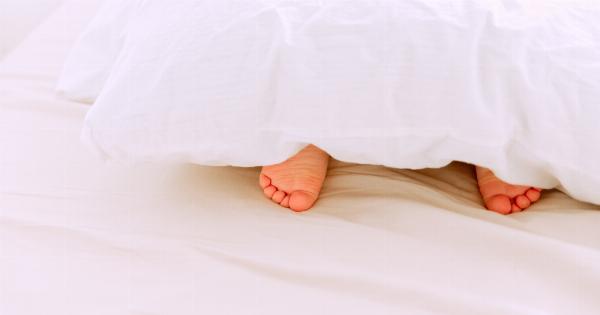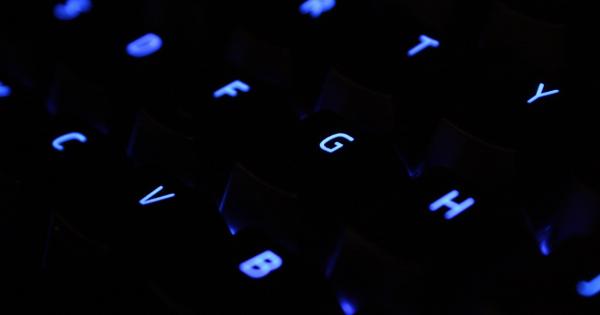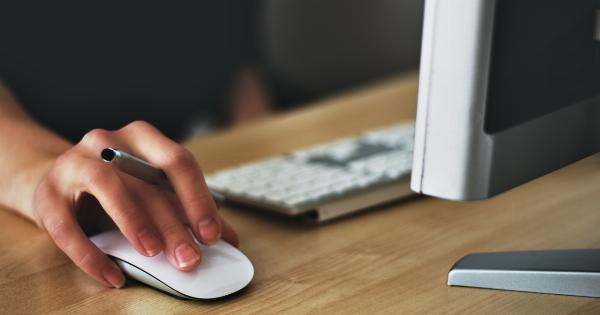Diabetes is a chronic metabolic disorder that affects millions of people worldwide. It is characterized by high levels of sugar in the blood, which can lead to a variety of complications if not managed properly.
One such complication that often goes overlooked is the diabetic foot. The diabetic foot is a term used to describe a range of foot problems that can occur as a result of diabetes.
It is important to recognize and address these issues promptly to prevent further complications and improve quality of life for individuals living with diabetes.
Understanding the Diabetic Foot
In individuals with diabetes, elevated blood glucose levels can lead to damage and narrowing of the blood vessels. This reduces blood supply to the extremities, particularly the feet.
Additionally, diabetes can cause nerve damage, resulting in reduced sensation and loss of protective reflexes in the feet. As a result, minor injuries can go unnoticed and develop into serious ulcers or infections. Poor blood circulation also impairs the body’s ability to heal wounds, further exacerbating the problem.
Common Foot Problems in Diabetes
Diabetes can contribute to several foot problems, including:.
1. Peripheral neuropathy: Nerve damage can cause tingling, numbness, or loss of sensation in the feet.
2. Foot ulcers: Open sores or wounds that are slow to heal and prone to infection.
3. Peripheral arterial disease: Narrowing of the arteries that supply blood to the legs and feet, leading to poor circulation.
4. Charcot foot: A condition where the bones in the foot collapse due to nerve damage, causing deformity.
5. Fungal infections: High blood sugar levels create an ideal environment for fungal growth, leading to conditions such as athlete’s foot.
Risk Factors for Diabetic Foot Complications
Several factors can increase the risk of developing foot problems in individuals with diabetes:.
1. Poor blood sugar control: Uncontrolled diabetes can worsen nerve damage and impair blood flow.
2. Smoking: Smoking narrows the blood vessels, further reducing circulation.
3. High blood pressure: Hypertension can strain the blood vessels and decrease blood flow to the feet.
4. High cholesterol: Elevated cholesterol levels can contribute to arterial narrowing.
5. Obesity: Extra weight puts added pressure on the feet and can worsen circulation.
Prevention and Management
Preventing and managing diabetic foot complications largely depends on maintaining good foot care habits and regular monitoring:.
1. Inspect your feet daily: Check for any cuts, blisters, sores, or other abnormalities.
2. Wash and dry your feet carefully: Use mild soap, warm water, and a soft towel to avoid skin dryness or irritation.
3. Moisturize your feet: Apply lotion to prevent dryness, but avoid putting it between the toes as it can promote fungal growth.
4. Trim toenails properly: Cut them straight across to avoid ingrown nails and potential infections.
5. Wear appropriate footwear: Choose well-fitting shoes with ample toe room and cushioning or orthotic inserts.
6. Avoid going barefoot: Protect your feet from injuries by wearing shoes or slippers, even indoors.
7. Manage blood sugar levels: Strictly adhere to your diabetes treatment plan and regularly monitor your glucose levels.
8. Quit smoking: Seek support to quit smoking as it can greatly improve circulation.
9. Control blood pressure and cholesterol: Follow a healthy lifestyle and take medications as prescribed by your healthcare provider.
10. Regular foot examinations: Visit a podiatrist or healthcare professional regularly for a comprehensive foot examination.
When to Seek Medical Attention
Individuals with diabetes should seek immediate medical attention if they experience any of the following:.
– Persistent foot pain.
– Open sores or wounds that are not healing.
– Signs of infection, such as redness, swelling, warmth, or pus.
– Ingrown toenails or fungal infections.
– Changes in foot color or temperature.
– Development of calluses, corns, or blisters.
The Importance of Diabetic Foot Care
Managing and preventing diabetic foot problems is crucial for preserving foot health and preventing serious complications such as foot ulcers or even amputations.
By incorporating regular foot care into your daily routine and promptly addressing any issues, you can significantly reduce the risk of complications and maintain an active and healthy lifestyle.




























